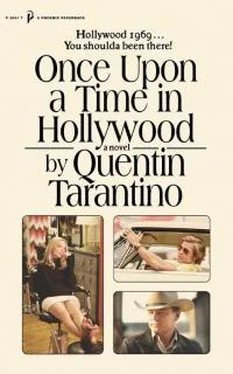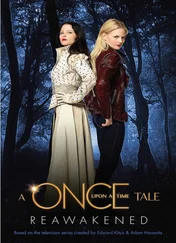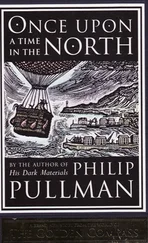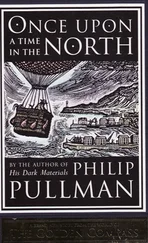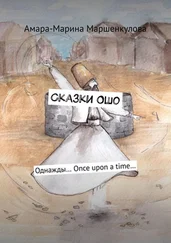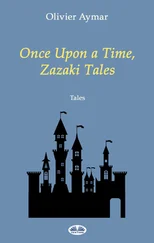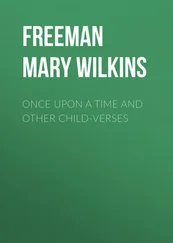As a ringer, Cliff Booth was the best in the sixties’ film industry.
What’s a ringer? Don’t try looking it up; it’s an unofficial term.
Well, say you’re a stunt gaffer and you’re working with a real asshole director who yells at your dudes all the time. Or with some fucking dickhead actor who keeps tagging your dudes and blames them for his mistake. Now, the stunt gaffer or anyone on his team can’t knock the director’s block off or punch the actor back when they get tagged.
But what the stunt gaffer can do is hire a stunt player for the day (not one of the gaffer’s team). And that dude is a ringer.
And he can do what the stunt team can’t. Which is basically fuck the shit outta the asshole, preferably in front of the whole crew.
Say you’re working in the broiling-hot sun of Mississippi for a year with that bald Nazi bastard Otto Preminger on Hurry Sundown . And that sadistic prick has belittled and berated crew members in front of the whole company for an entire year. So you hire Cliff Booth as a stunt day player and have him purposely fuck up a shot in front of Otto. Then you and the crew just sit back and enjoy the show.
Booth socked Preminger, mid-tirade, in the jaw, knocking him flat in the Mississippi mud. Cliff’s excuse was, as a World War Two hero, he experienced a wartime flashback when Preminger yelled at him in his German Gestapo accent, and he forgot where he was. And when the production manager gave him his bus ticket home the next day, Cliff left Mississippi with an extra (off the books) seven hundred dollars in his back pocket. And that night, celebrating with the crew at the hotel bar, he never had to pay for a drink.
Or say you’re part of the stunt team on the western TV series The Wild Wild West . Now, series lead Robert Conrad prides himself on doing (a lot) of his own stunts. Well, that may be, more or less, true.
But while performing his own stunts, he didn’t really mind how many stuntmen got hurt in the process. Especially when it comes to tagging stuntmen during fistfights (“tagging” definition: accidentally punching somebody for real in a staged fight). Which he never took responsibility for. It was always their fault. They weren’t where they were supposed to be. They were the ones that were unprofessional. It was their fault he hurt his hand. He did this to such a degree that, in the stunt community, he earned the name Robert Never-Met-a-Stuntman-He-Couldn’t-Blame Conrad.
So it was considered a grand and glorious day when Cliff Booth—with an “accidentally” mistimed haymaker—knocked Bob on the ass of his skintight pants.
A couple of stuntmen wept.
Again, Cliff Booth left the set with seven hundred extra dollars in his back pocket and a case of beer in the trunk of his car.
Then, while shooting 100 Rifles on location in Almeria, Spain, in a bar, he became the only known white man to ever win a fistfight with Jim Brown. Now, as cool as the Jim Brown story is, it’s the one that might be mythic horseshit. For one, it’s doubtful during the time Jim Brown and Burt Reynolds were in Spain making 100 Rifles that Cliff was there as well. He was probably with Rick shooting his Bingo Martin episode (later in 1969 both Rick and Cliff would go to Almeria to shoot Red Blood, Red Skin with Telly Savalas). Also, the legend of a white man winning a fistfight with Jim Brown might just be that: a legend. Supposedly, it’s either: (a) Cliff in a bar in Spain on 100 Rifles ; (b) Rod Taylor in Kenya on the set of Dark of the Sun ; (c) Rod Taylor again, not on the set of Dark of the Sun but at the Playboy Mansion in front of the fountain; or (d) it never happened.
But the set fight Cliff was most infamous for was the “friendly contest” between himself and the most renowned martial artist of all time, Bruce Lee.
At the time of what came to be known in Cliff’s career as “the Bruce Lee Incident,” Bruce wasn’t as yet either a movie superstar or a legend. He was just the actor who played the Green Hornet’s sidekick, Kato, on the TV series The Green Hornet , a cheap-jack show made to cash in on the popularity of the Batman TV series. But in the Hollywood community, even more than for his role on the TV show, Bruce Lee was mostly known as “karate coach” to the rich and famous (“karate coach” is how Hollywood would have referred to him, not how Bruce would have referred to himself). The way celebrities would later work out with personal trainers in their backyards for one-hour sessions is how Steve McQueen, James Coburn, Roman Polanski, Jay Sebring, and Stirling Silliphant all took classes with Bruce at home. It’s a little funny to think that one of the most talented martial artists of all time would choose to spend his time teaching Roman Polanski, Jay Sebring, and Stirling Silliphant how to throw a straight-leg kick. It’s a little like if Muhammad Ali spent a large portion of his time giving James Garner, Tom Smothers, and Bill Cosby boxing lessons. But Bruce Lee had a game plan in mind. Like Charles Manson, this spiritual sifu stuff was just a side gig. The way Charles Manson wanted to be a rock star, Bruce Lee wanted to be a movie star. James Coburn and Stirling Silliphant were his Dennis Wilson. Steve McQueen and Roman Polanski were his Terry Melcher. Every fourth training session with Roman Polanski, Bruce brought up The Silent Flute , the script he was trying to get made with Oscar-winning screenwriter Stirling Silliphant (who, like Dennis Wilson with Charlie, truly believed in Bruce’s potential), which would star James Coburn and Bruce (playing four different roles). Bruce even accompanied Roman and Sharon on a ski trip to Switzerland to try and get Roman to commit to the project.
As if Roman Polanski would follow up Rosemary’s Baby with a pretentious James Coburn action picture. Roman seriously liked and respected Bruce. He even admired him. But whenever Bruce brought up The Silent Flute , he diminished himself in Roman’s eyes. In fact, it made Roman think about how Hollywood brought out the worst in people.
One difference between Lee and Manson was, Bruce had what it took to be a phenomenon. Not at the time he was acting on The Green Hornet. But a few years later, first in his Hong Kong movies with Lo Wei, then in his big Warner Bros. martial-arts extravaganza, Enter the Dragon.
But back in 1966, when he was still playing the Green Hornet’s sidekick, Kato, Bruce Lee had a reputation amongst the American stuntmen who worked on his show.
A bad one.
Bruce Lee didn’t have much regard or respect for American stuntmen. And the actor went out of his way to make that disrespect obvious. One of those ways was tagging them with his flying fist and feet during fight scenes. He was warned about this time and time again, and like Robert Conrad, he always had an excuse that made it their fault. To such a degree, a whole host of stunt players refused to work with him.
Now, truth be told, Cliff didn’t like Lee from the first moment he laid eyes on him. Which was before Rick started shooting his guest-villain gig on the show. The first time Cliff witnessed Lee’s screen-fighting technique was when the stuntman drove Rick to the Twentieth Century Fox lot for his wardrobe fitting for the following week’s episode. The two men stood back away from everybody and watched Bruce and his co-star, Van Williams, shoot an outdoor fight scene, where Lee performed a lot of dazzling quicksilver kicks and Nureyev-like leaps. When Lee was finished, the crew broke into applause. Rick was definitely impressed and turned to Cliff and said, “That guy’s really somethin’, huh?”
Читать дальше
